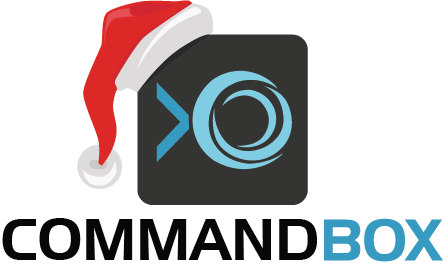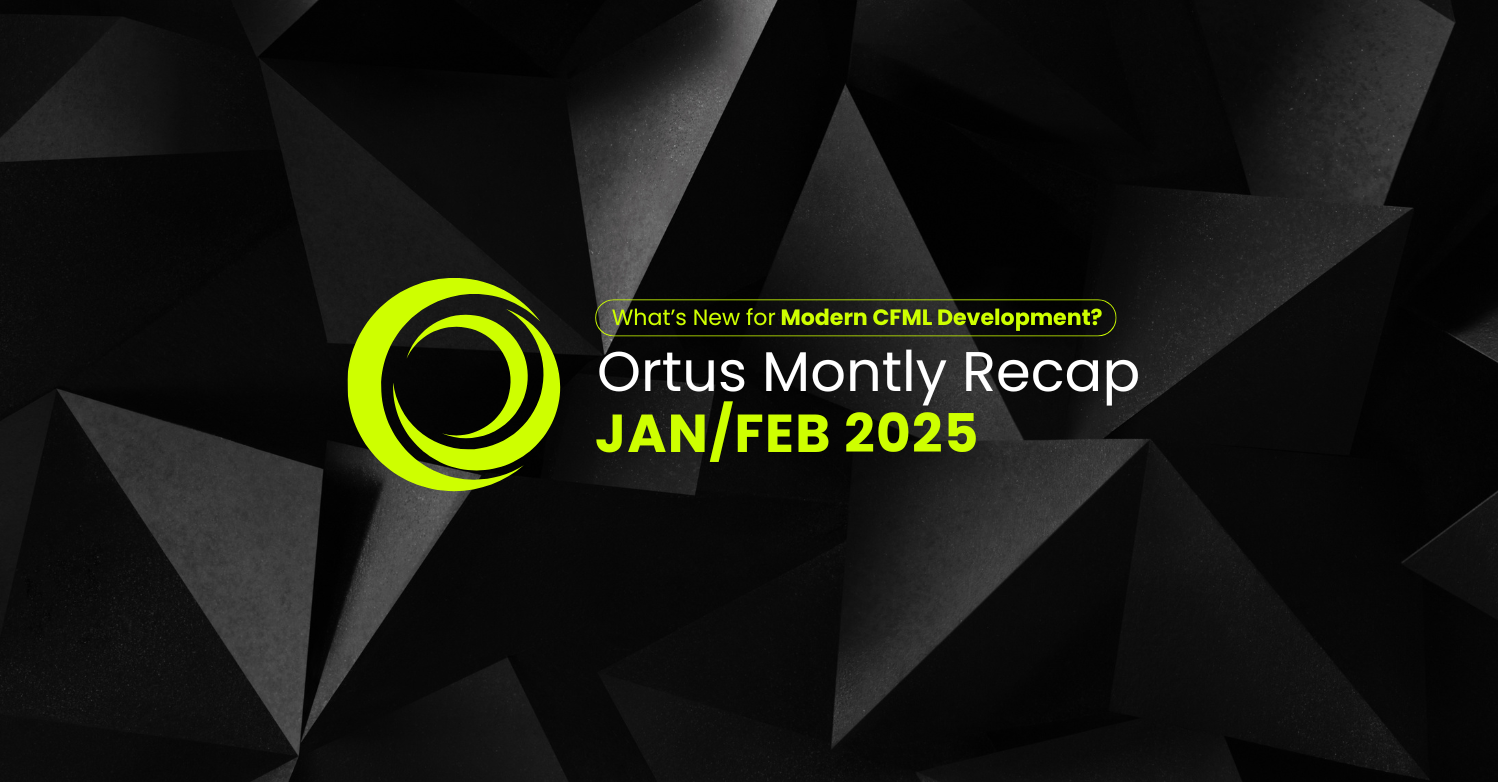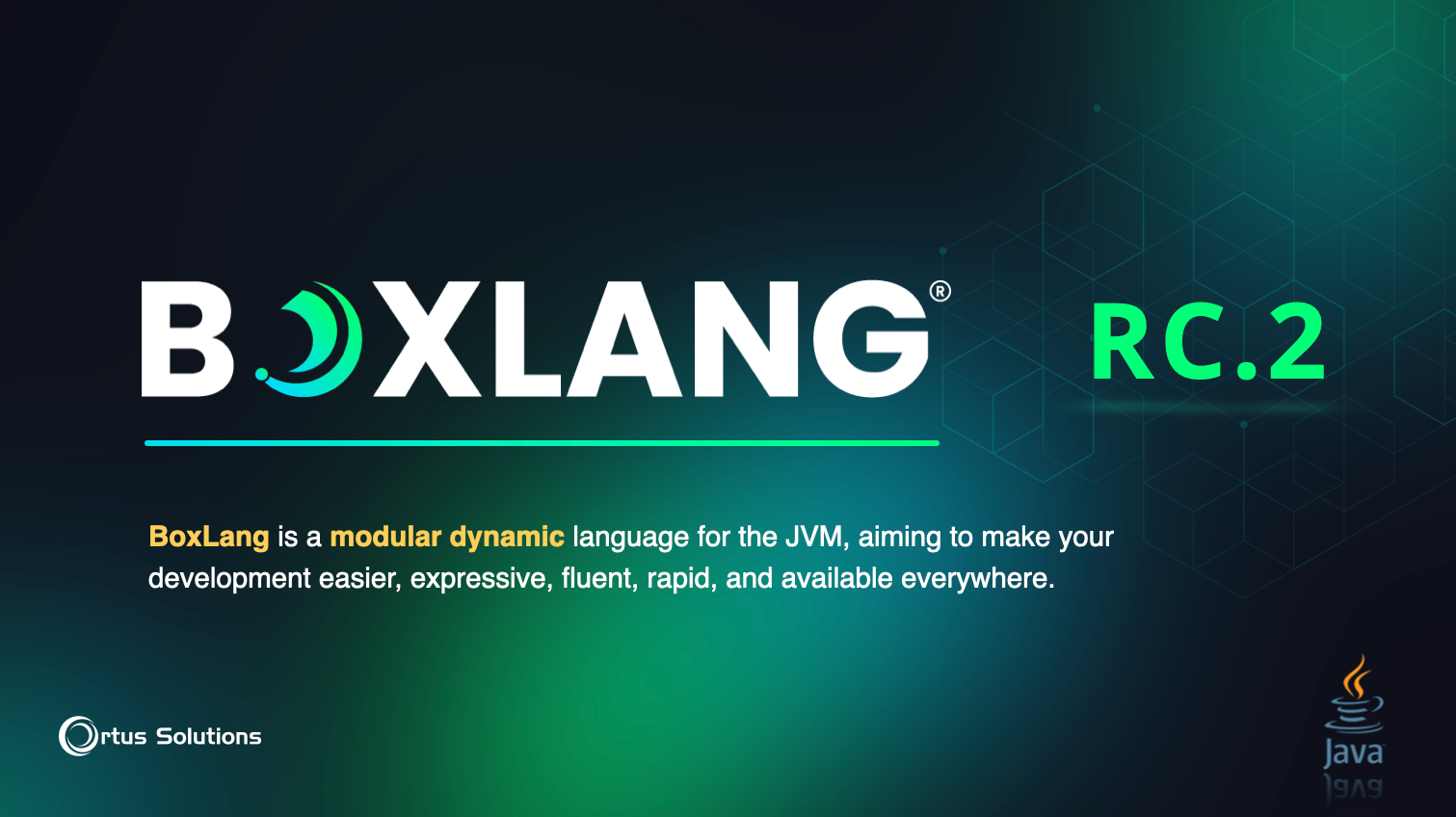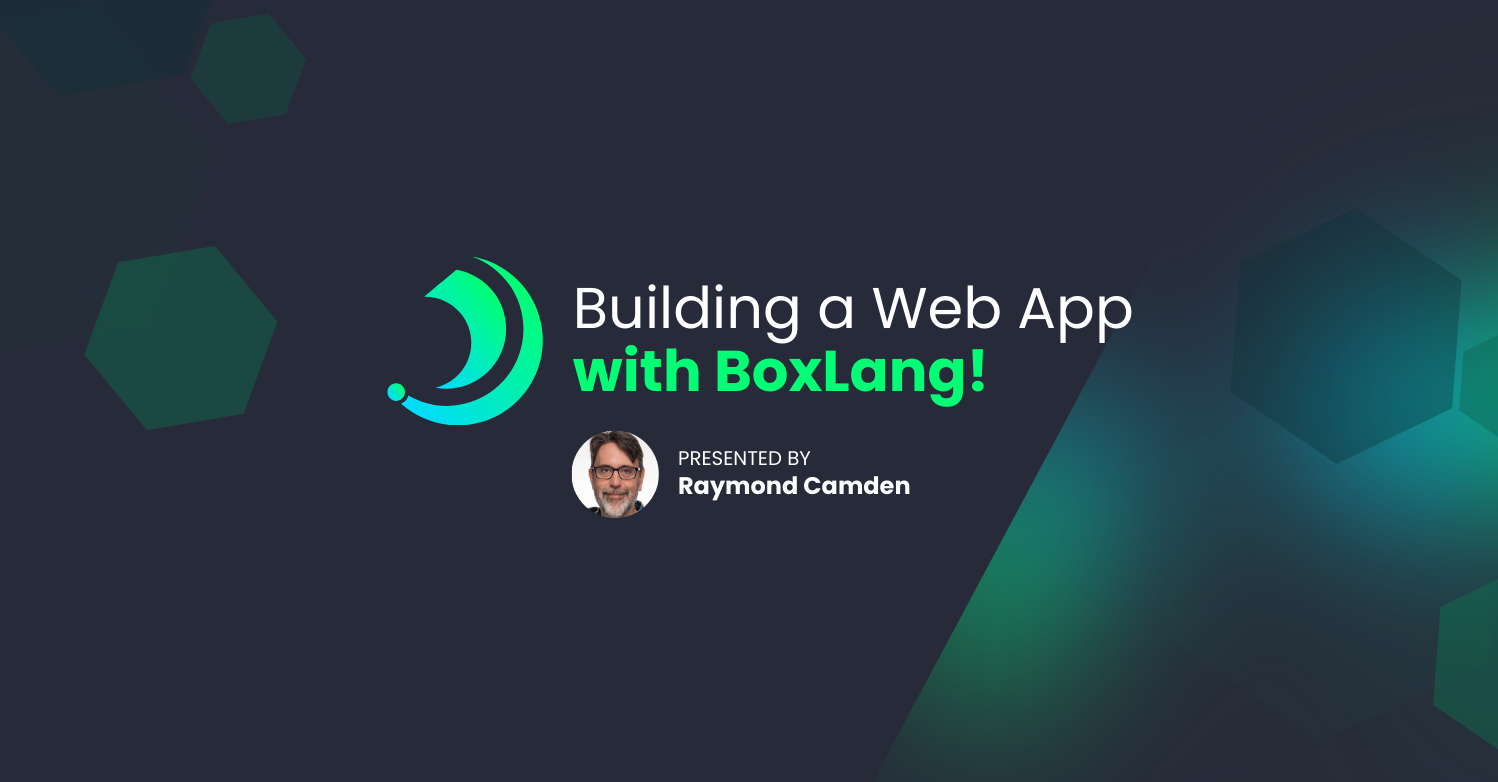 If you haven't purchased all your Christmas presents, it's time to made a mad dash for Amazon and reach for the quick shipping. If your stockings are already hung by the chimney with care then you'll have time for this next tidbit in our 12 Tips of (CommandBox) Christmas series. One of our goals for CommandBox is for it to become a drop-in replacement for your local dev environment with the least amount of hassle and to do that you'll likely need to create some web aliases (or virtual directories as IIS calls them).
If you haven't purchased all your Christmas presents, it's time to made a mad dash for Amazon and reach for the quick shipping. If your stockings are already hung by the chimney with care then you'll have time for this next tidbit in our 12 Tips of (CommandBox) Christmas series. One of our goals for CommandBox is for it to become a drop-in replacement for your local dev environment with the least amount of hassle and to do that you'll likely need to create some web aliases (or virtual directories as IIS calls them).
Web Server Aliases
CommandBox allows you to create web aliases for the web server that are similar to virtual directories. The alias path is relative to the web root, but can point to any folder on the hard drive. Aliases can be used for static or CFM files.
To configure aliases for your server, edit your site's server.json file and create an object under web called alises. The keys are the web-accessible virtual paths and the corresponding values are the relative or absolute path to the folder the alias points to.
Here's what your server.json might look like.
{
"web" : {
"aliases" : {
"/foo" : "../bar",
"/js" : "C:\static\shared\javascript"
}
}
}
That would make yoursite.com/foo serve up the contents of the bar folder one level above the folder where your server.json file is located. while yoursite.com/js would serve up the contents of the C:\static\shared\javascript folder.
Here's how to create aliases from the server set command:
server set web.aliases./images=/path/to/images
This would make yoursite.com/images serve up the contents of your /path/to/images folder. Obviously, relative paths are desired here as they keep your config portable and they aren't specific to any given operating system since they avoid the drive root.




Add Your Comment